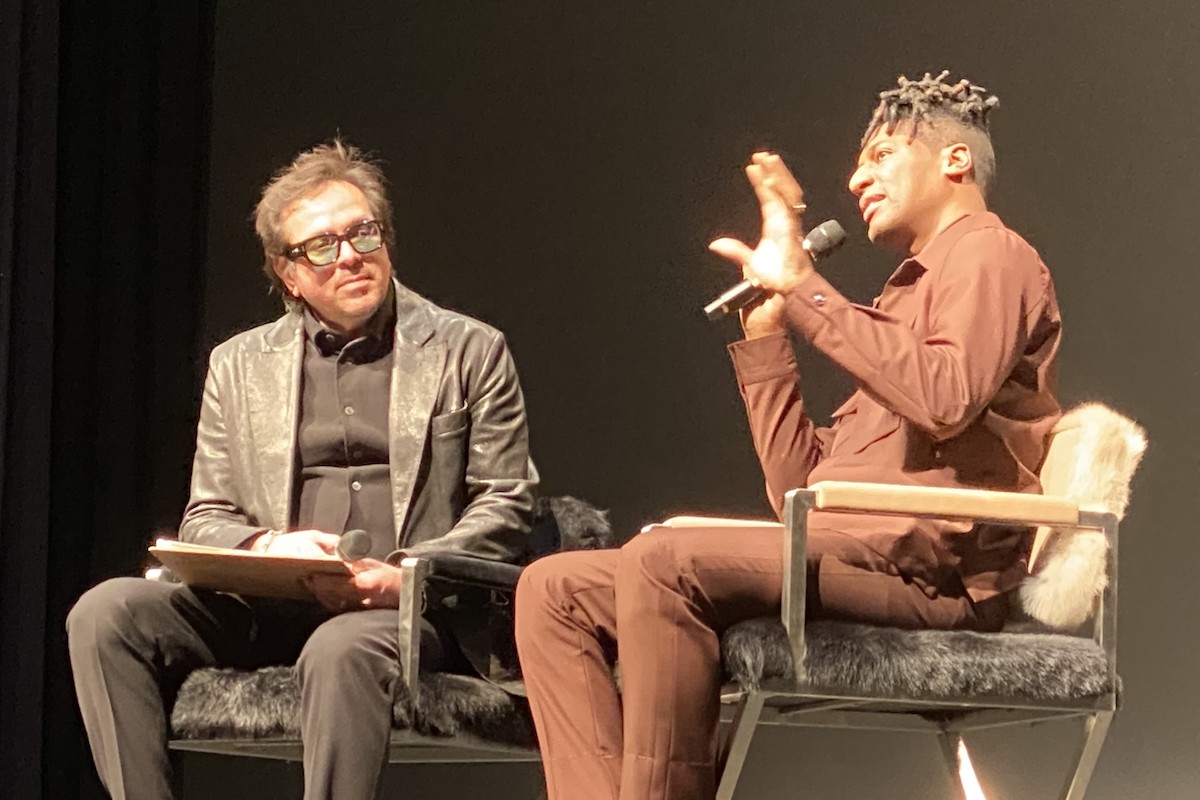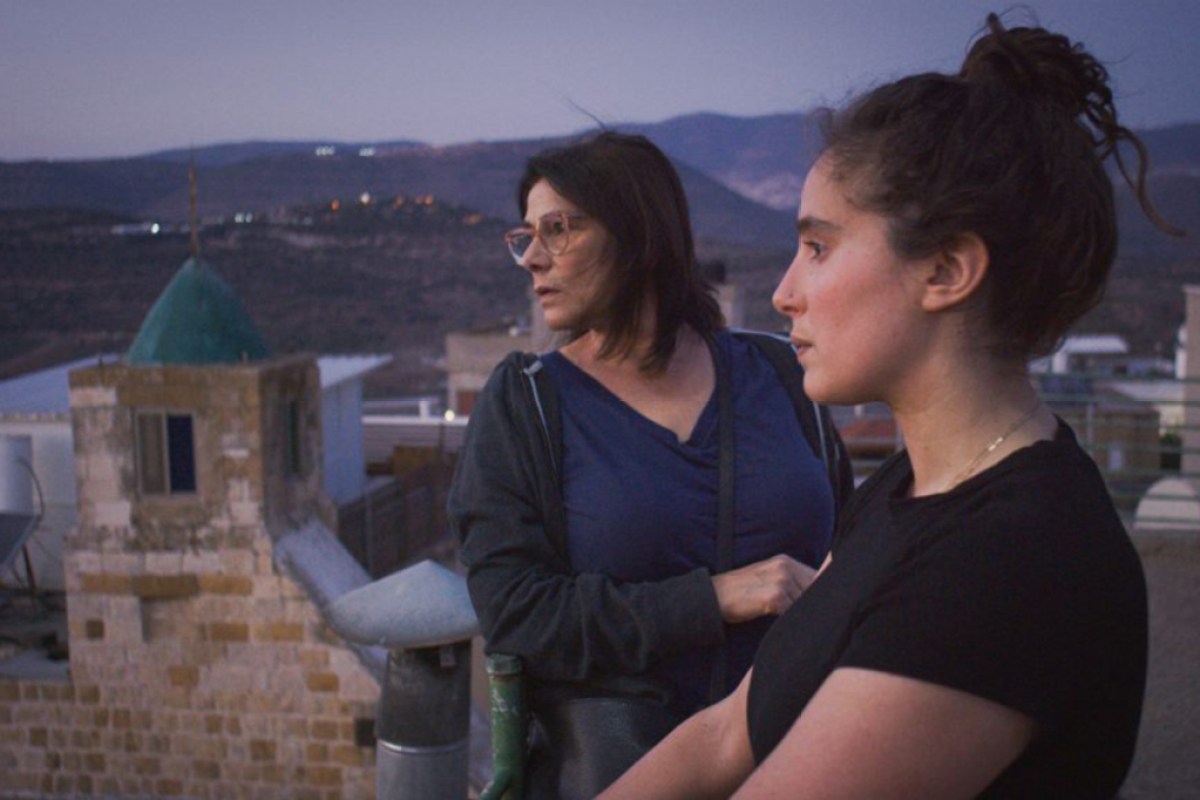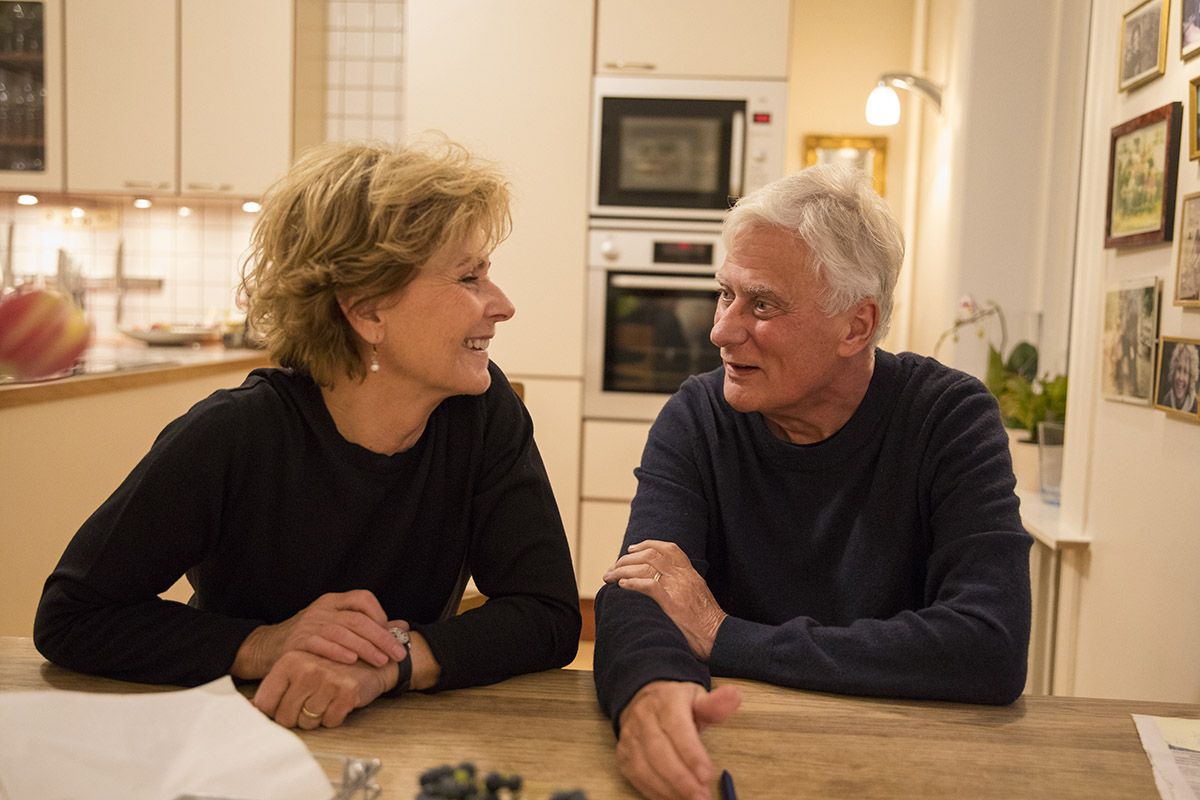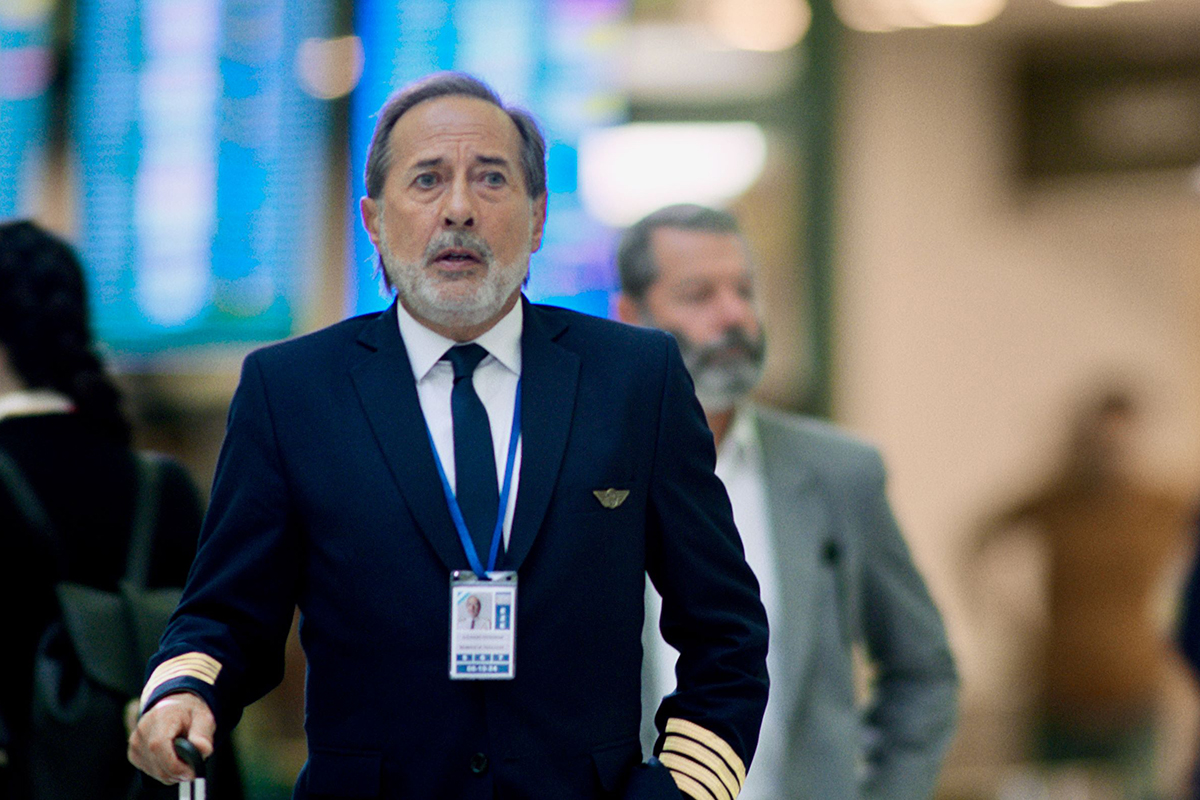Jon Batiste, Live and Soul-full at the Arlington
Jon Batiste Gives an Inspired Interview; Screenings Touched on Palestinian Family Life; a Norwegian Rebel Director Legend; and an Argentine Nail-Biter
Jon Batiste Gives an Inspired Interview; Screenings Touched on Palestinian Family Life; a Norwegian Rebel Director Legend; and an Argentine Nail-Biter

American Symphony, which screened before a large audience at the Arlington yesterday, is a wondrous and distinctive documentary, partly because it weaves symbiotic beauty from disparate stories, like an elegant crazy quilt. The center of the overall story is beloved musician Jon Batiste, and the highs and lows of life events over a fairly short period of time.
The “symphony” in question is itself an idealistic crazy quilt, an ambitious Batiste opus for classical-suitable orchestra and myriad other instruments and genres, premiering at Carnegie Hall. But that kernel of a story grew complicated when his wife, Suleika Jaouad, was diagnosed with leukemia the same week that his We Are album earned 11 Grammy nominations.
Batiste himself showed up for an interview with SBIFF Executive Director Roger Durling after the screening and further explained that, given the pile of 1,500 hours of footage director Matt Heineman had to work with, “it could have been all over the place. It was a dance and an improvisation between Matt and us [Batiste and his wife]. You can’t plan on what was going to happen. You process it just by living — upward projection. Move, move, move!”
Durling pointed out that the film also includes a scene where Batiste is dealing with detractors in the press. “It felt honest to include that,” Batiste said. “But, you know, we know they’re not right,” stirring laughs and applause from the crowd.
During the Carnegie Hall premiere, which had to be postponed because of Batiste’s COVID bout, the power briefly went out — unbeknownst to the audience at the time. Batiste’s instinctive response was to draw on his natural ability to improvise. “I wondered, ‘Did Matt pull the plug?’” Batiste said, half in jest. “That made for great narrative tension. I’m a little crazy. I love that kind of thing, that tension. Now when we perform it again, that improv section will be a part of the piece.”
As usual and as expected, Batiste was soulful and articulate in the onstage interview. Coming through the challenges and triumphs of the period covered by the doc, Batiste explained that “I came to realize that we all go through these things. There are great times, there are rough times, but it’s all time.”

It’s impossible to watch the documentary Bye Bye Tiberias, a personal family saga about a Palestinian family’s history, without reflecting on the tragedy unfolding in that country after this film was completed. Our minds reel from the news of the October 7 terror and the subsequent cataclysmic carnage imposed on the terrain and people lovingly explored in the film. Because of that unwitting and stark contrast of the then and now in Palestine, director Lina Soualem’s portrait of her mother and her family circles provides a valuable service. It puts a human face and pulse on a troubled land that is too often abstracted in media reports.
The film is also an impressive example of a subjective and personally invested documentary exploring the story of one family — and specifically its intergenerational continuum of women — while also exploring the country’s political history, both implicitly and explicitly. The film’s main protagonist is Hiam Abbas, the director’s mother, who expatriated from the family home in Deir Hanna with her daughter to Paris 30 years ago. By stitching together footage of their homecoming with liberal use of home movies and other archival material with fresh and unfolding footage, Bye Bye Tiberias juggles its status as an intimate family portrait and a portrait of a nation on the brink.
And as we watch, we are painfully aware that the brink has, by now, been crossed.
In one of the tastier and more meta items on the film-about-film subcategory of the festival program this year is the very aptly named Norwegian documentary The Last Movie (not to be confused with Dennis Hopper’s crazed 1971 film of the same name). In this doc about rebellious Norwegian director Petter Vennerød, winding down the history of his filmography as he is facing a certain demise from a form of Parkinson’s, the hyphenated description keeps getting more elaborate. Call it a “film within a film within a filmography within a documentary about the making of the documentary.” Vennerød, who died in 2021, before this film was finished, would no doubt have loved the finished product.

Adding to the insider perspective inherent in the project, the doc was co-directed by his wife, Karianne Førland Vennerød, and Olaug Spissøy Kyvik, who was in-house for a Q&A bright and early on Tuesday morning. She explained that “this is a rare disease and most people withdraw from social life. Petter wanted to do the opposite.” The doc is liberally strewn with clips from the 14 features he made with his partner Svend Wam between 1973 and 1995, which often featured a revisited style of social realism, free-flowing debauchery, and edgy social themes, earning both avid fans and often nasty press.
These films have mostly created their buzz in Norway, although the 1986 film Farewell Illusions did show in America, and that obscurity only contributes to the aura of intrigue around this director and this, his last movie.

In the taut and satisfying Argentinian thriller La Extorsión, the necessary forces of evil serve as both undertow and something in our face (and the faces of unfortunate victims). In this tale of a relatively innocent pilot drawn ever deeper into an evil smuggling scheme, director Martino Zaidelis shows a deft killer instinct, as it were, in the thriller genre, navigating the critical balance of clenched tension, plot twists, and resolutions. At times, those seeming resolutions have a false bottom, keeping us wondering until the end. In all, it’s a finely machined thrill ride worth taking.
And the final words go to Oscar-potential wordsmiths, at last night’s Writers Panel (see a full report from Leslie Dinaberg here).
Samy Burch said of her original screenplay that became May December that “it’s about that calibration where there is a dark, sinister tone but intertwined with something tender.” Arthur Harari, on whether he fought with his partner Justine Triet while writing Anatomy of a Fall: “We spent more time not fighting than fighting. Otherwise, there would be no movie.”
Dave Hemingson, on getting the call from director Alexander Payne to write The Holdovers: “Alexander cold-called me while I was on the 405. I thought it was a prank call. He asked if I could work on his idea about an odiferous, jocular high school teacher. How could I refuse? I knew [Paul Giamatti’s teacher role] was a man on the outside. I think it was a love story between these characters.”
There you have it, from the sources.
Sun, Apr 28 6:00 PM
Santa Barbara
Thu, May 02 5:00 PM
Santa Barbara
Sat, May 04 10:00 AM
Lompoc
Sat, Apr 27 11:00 AM
Santa Barbara
Sat, Apr 27 3:30 PM
Santa Barbara
Sat, Apr 27 8:00 PM
Santa Barbara
Sun, Apr 28 11:00 AM
Santa Barbara
Wed, May 01 7:30 PM
Santa Barbara
Thu, May 02 5:00 PM
Santa Barbara
Thu, May 02 5:00 PM
Santa Barbara
Fri, May 03 4:00 PM
Santa Barbara
Fri, May 03 8:00 PM
Santa barbara
Sat, May 04 10:00 AM
Solvang
Please note this login is to submit events or press releases. Use this page here to login for your Independent subscription
Not a member? Sign up here.
You must be logged in to post a comment.